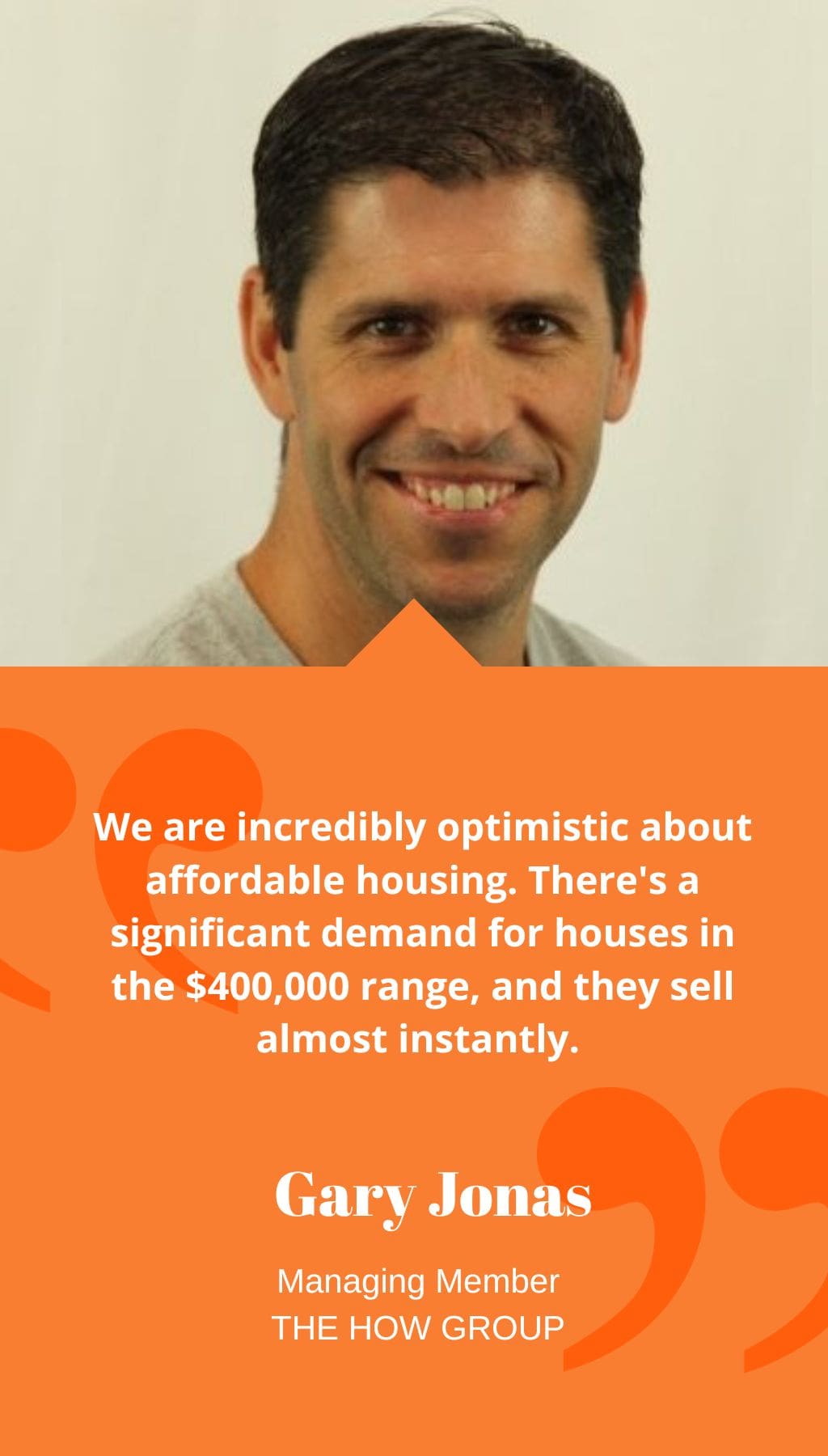
- USA | 16 August 2020

How has the pandemic influenced the trend of co-living spaces?
The pandemic has shifted a lot socially and for the country. We believe that the concept of co-living spaces will keep growing, albeit with some potential adaptations. Despite the slowdown in permitted projects and financing, this slowdown could lead to a supply shortage, ultimately driving prices up. This could make co-living a more feasible and attractive option.
What’s the current scenario for affordable housing?
We are incredibly optimistic about affordable housing. There’s a significant demand for houses in the $400,000 range, and they sell almost instantly. Since 2019, we’ve sold around 30 units within that price range and plan to expand our offerings in that segment. However, the challenge lies in catering to individuals seeking homes in the $150,000 to $250,000 bracket. It requires collaboration across public, private, and nonprofit sectors to address this underserved need nationwide.
What’s the outlook for the real estate sector?
Our strategy involves acquiring assets outside the primary Center City area to offer quality apartments with slightly fewer amenities at a more affordable rent. Moving forward, we aim to maintain this approach, although rising land costs pose a challenge. Our focus remains on innovating in construction and other areas to continue delivering quality units in the middle segment of the market.














